No matter whether you are a professional runner or you jog in order to stay in shape, the chances are you have experienced some discomfort and pain in your knees while running or afterward. While almost half of the injuries during running are related to the knee, studies also reveal that most of the injuries result from incorrect running rather than from the sports activity itself.
The term “runner’s knee” is often used to indicate the knee ailment patellofemoral pain syndrome (PFPS) since running puts a lot of pressure and load on the joints and ligaments. Hence, many people are looking for some kind of knee support that can help them with running. As a result, supportive knee braces have gained popularity among runners as an option to relieve knee pain and keep exercising despite mild knee injuries.
It is important, however, to know that there are various types of knee braces on the market and before you start wearing any of them, you need to consult a doctor who can recommend what is the best for your conditions. While knee braces can offer additional support and pain relief, they can also cause damage if inappropriately used or poorly placed.
Here is all you need to know about knee braces and running and how to choose those that can help you.
Contents
What is a knee brace?
Basically, a knee brace is a support that you wear in order to prevent pain in your knee, reduce the chances for injury or heal after a major knee injury or surgery. Depending on their function, knee braces are made of different materials and can cost between tens and hundreds of dollars.
The most popular knee braces are made from a stretchy material such as neoprene, plastic or foam. The brace is worn over the knee during everyday activities while exercising or playing sport in order to provide additional support to the knee and reduce or alleviate the pain from a chronic knee condition as osteoarthritis or as a result of an injury.
Some of the knee braces can be directly slipped over the knee, while others use some contraptions like hinges or straps for a better fit.
To determine whether you need to wear a knee brace, you should consult your doctor prior to purchasing one. They will be able to tell you which type better fits your condition and recommend how and when to wear it.
Are there different types of knee braces?
There is a great variety of knee braces depending on the purpose they are used for. Most generally we can differentiate between basic and advanced knee braces.
Basic knee braces are the most common ones that you can find on the market. They are usually a simple sleeve or wrap offered in a range of designs. They are the cheapest knee braces and offer minimal support for the knee. You can use them for various reasons – from basic support and pain relief to post-surgery support.
Advanced knee braces have a more complicated design, cost more and offer better support. They can also be in the form of an elastic sleeve or wrap-up but usually have some other contraptions as well. Such braces are prescribed by physicians for more serious conditions like severe injuries, after a surgery or in case of ongoing knee conditions.
To be more precise in knee brace differentiation, we can point out that there are several types of braces depending on their form, level of protection and purpose. You can choose from:
-
Knee sleeves
As their name suggests, knee sleeves are easy to put on as you simply slip them over your knee. They come in different sizes, so make sure to choose one that fits well. They are quite comfortable and light to wear and you can wear them under your clothes as well. Knee sleeves help reduce swelling and pain by exercising compression on the knee. They are helpful in case of mild pain and are good for people suffering from arthritis.
-
Wraparound or dual-wrap knee braces
This type of knee braces is often preferred by athletes as they are not bulky or heavy and can be easily put on and taken off. Wraparound braces are suitable for mild to moderate knee pain and offer more support than knee sleeves.
-
Hinged knee braces
These braces offer much higher support and hence are often used post-surgery or by people who need greater protection. Hinged braces come in two configurations – rigid and soft and rigid ones offer more support. They keep your knee in the right alignment when it bends. Quite often doctors prescribe hinged knee braces to be worn by patients after the surgery for a limited period of time and then recommend to change them for a different type depending on the level of healing.
-
Closed and open patella braces
The patella is the center of the brace that covers the kneecap. There are open and closed patella braces that serve different purposes. An open patella (a brace with a hole in the center) is recommended to provide relief of knee pressure and offers more kneecap support. It helps proper movement and tracking. A closed patella brace (without a hole) exercises compression at the kneecap which is equal to the pressure at the rest of the knee. Thus, it offers additional support.
-
Knee strap
If you have the so-called runner’s or jumper’s knee, the knee strap is the best solution for you. Its main aim is to prevent patella injuries and minimize pain caused by such diseases (Osgood-Schlatter disease, or patella tracking). The knee strap is very easy to put on and take off and can be comfortably worn under the clothes.
You need to consult a doctor, who will determine whether you need basic or advanced knee support and recommend what type of knee brace you need to wear. Note that some can be directly purchased from a pharmacy, medical supplies stores or online, while others need to be custom-made especially for you.
How to choose the right knee brace?
When choosing a knee brace you need to be aware of the level of protection you need. This will make the selection much easier. Do not determine this by yourself, though, but consult a health professional who can recommend whether you shall opt for a Level 1 or Level 2 knee brace, for example.
There are four levels of protection offered by knee braces starting from Level 1 and ending with Level 3+. The difference comes from the support they offer and their general flexibility.
Level 1 knee braces offer the least support but are the most flexible ones. They are good for pain relief and allow you to remain fully active while wearing them. The knee sleeve falls into this category.
Level 2 knee braces offer more protection and despite that, they have limited flexibility they do not hinder the movement of the knee. Such braces are used to provide mild to moderate knee support and relieve the pain caused by ligament instabilities or tendonitis. This group includes wraparound braces and knee straps.
Level 3 knee braces are designed to offer the greatest support while also limiting the movement. Because of the material used to make them such braces are usually heavier. They are prescribed to patients after surgery when the movement needs to be limited in order to avoid new injury and to facilitate healing. The hinged knee braces are Level 3 braces.
Level 3+ knee braces offer maximum protection and are used in case of major instabilities and conditions. They are custom-made to offer the best support.
What causes knee pain during running?
Before finding the best solution for pain relief in your knees while running, it is good to know what causes it. In many cases, it will turn out that even the most appropriate knee brace won’t be able to eliminate the problem unless you change some of the things you might not be doing right. Some of the reasons why you experience knee pain while running might include:
-
Unsuitable and/or uncomfortable footwear
-
Insufficient stretching
-
Weak leg muscles
-
Too hard training
-
Increased duration of training
If you are a novice at running take these factors into account. Do not rush for a training without proper stretching and increase the intensity gradually. It is normal to complain of knee pain the first few times until you get used to your new training regime. If this continues, it is a good idea to see your doctor and ask about a suitable knee support that will allow you running without feeling knee pain.
How do knee braces help with running?
Many athletes, runners or footballers use basic knee braces in order to protect their knee joints and ligaments. Intensity and repetitive strain can cause pain and injuries and knee braces can minimize the impact on the knees during training. The most important function of the knee braces is that they provide sufficient support and pain relief so that you can continue with your exercise.
There are three ways in which a knee brace can help you with running:
- By facilitating proprioception – this is the feedback that joints send to the brain to tell how and when they are moving. An injury in the knee can hinder this process and a knee brace is one of the solutions.
- By relieving pain – if you suffer from chronic conditions such as osteoarthritis, knee braces can relieve the pain and allow you to exercise.
- By providing structural support for people who are recovering from a knee injury or surgery. The advanced type of braces belongs here, which means they should not be worn without prescription.
Remember that moderate exercise helps condition leg muscles and thus they can support your knees better. If you get into the habit of exercising regularly and staying in shape, there might be no need to wear knee braces.
Shall I wear knee braces in a marathon?
When it comes to running and wearing knee braces, one of the most frequently asked questions is whether knee braces should be worn during a marathon. While the answer is mostly positive since it is quite a long run, it is not such a good idea to put a knee brace for the first time while participating in a race that is important for you.
Consult a health expert at the beginning when you start preparing for the marathon. They will recommend a good knee support that you can wear while running. Remember that it should be something light, flexible and not limiting your movement. You need a brace with kneecap stabilization, preferably made of breathable material.
Where to find knee braces suitable for running?
The knee braces that are suitable for running are those offering pain relief, without limiting your movement. In addition, they need to be light and flexible. These are the so-called basic knee braces such as knee sleeves. Your doctor can direct you to a store or recommend a manufacturer but generally, these braces are easy to be found on the market. You can simply offer them online once you know the right size that fits you. You can browse our selection of painless knee support braces and choose a design that suits your style.
Knee braces can help you with running by offering support for your knee and providing pain relief. Make sure to consult a health specialist and choose the right knee support for you, so that you can enjoy the actual benefits of knee braces.
Here are our favorite knee braces that already help thousands of customers:
-
Tourmaline Self Heating Knee Pads
$39.90 Add to cart -
50 %OFF50 %OFF50 %OFF50 %OFF50 %OFF50 %OFF50 %OFF50 %OFF50 %OFF50 %OFF50 %OFF50 %OFF50 %OFF
Advanced knee support brace
Rated 4.54 out of 5$79.90Original price was: $79.90.$39.97Current price is: $39.97. Select options -
38 %OFF38 %OFF38 %OFF38 %OFF38 %OFF38 %OFF38 %OFF38 %OFF38 %OFF38 %OFF38 %OFF38 %OFF38 %OFF38 %OFF38 %OFF38 %OFF38 %OFF38 %OFF38 %OFF38 %OFF38 %OFF38 %OFF38 %OFF38 %OFF38 %OFF38 %OFF38 %OFF38 %OFF38 %OFF38 %OFF38 %OFF38 %OFF38 %OFF38 %OFF38 %OFF38 %OFF38 %OFF38 %OFF38 %OFF38 %OFF38 %OFF38 %OFF38 %OFF
Painless Knee Support Brace
Rated 4.58 out of 5$39.99Original price was: $39.99.$24.99Current price is: $24.99. Select options




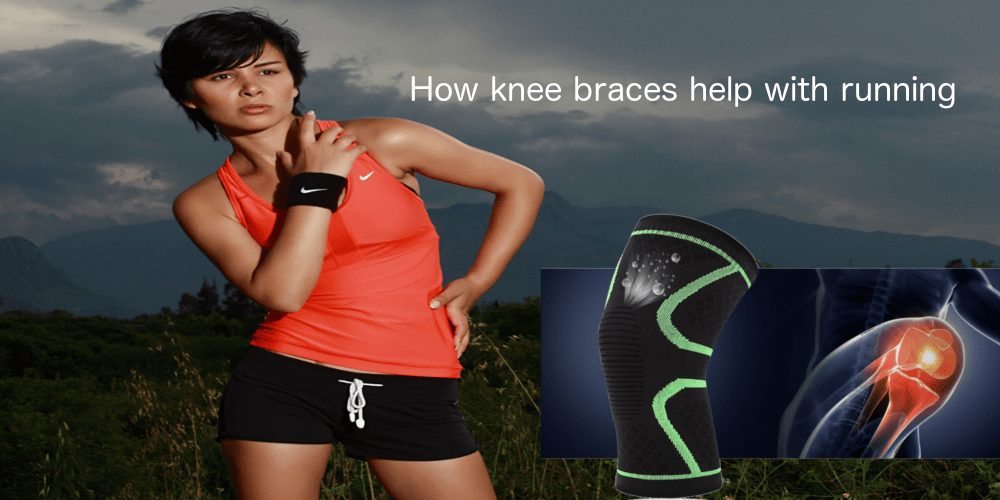



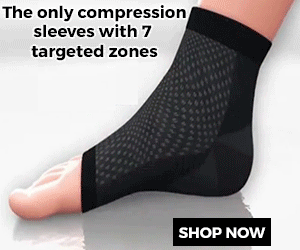
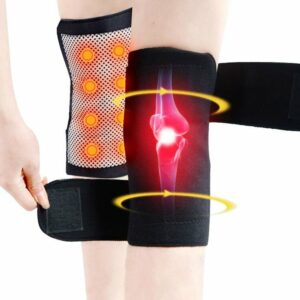
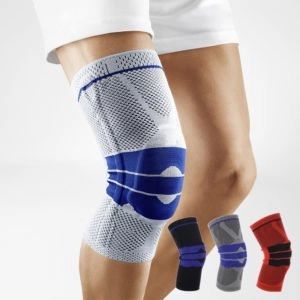
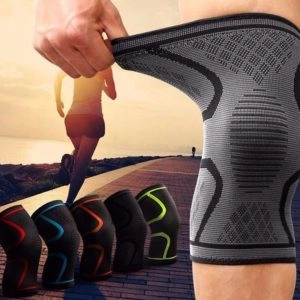
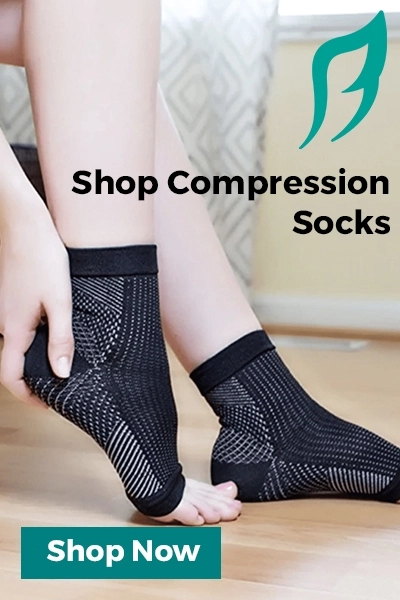

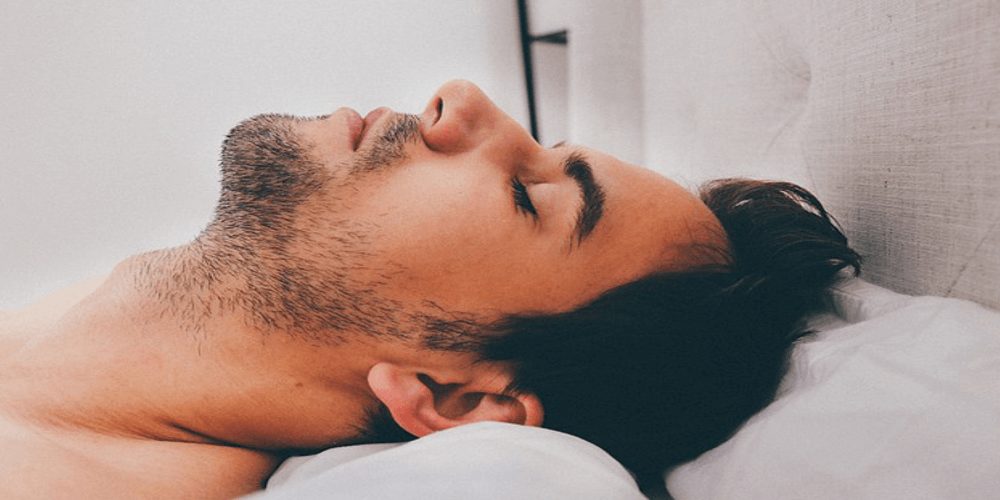
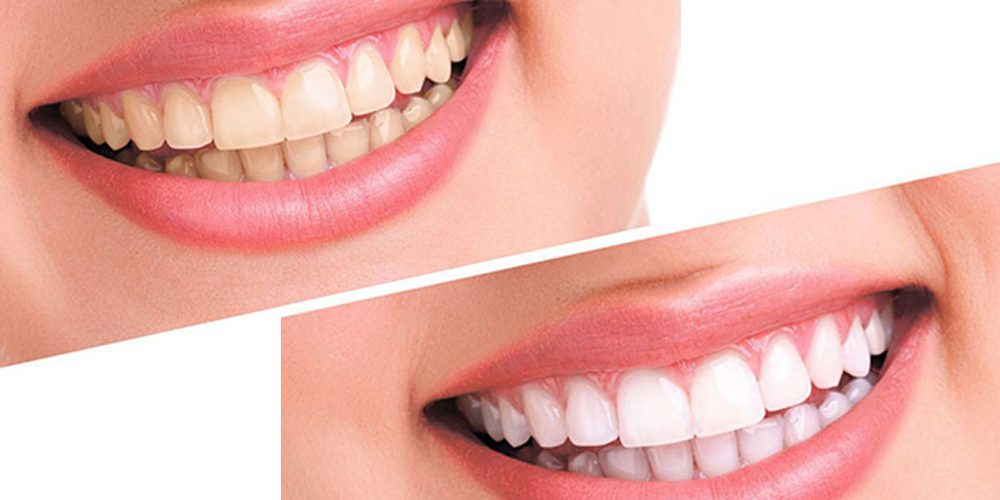

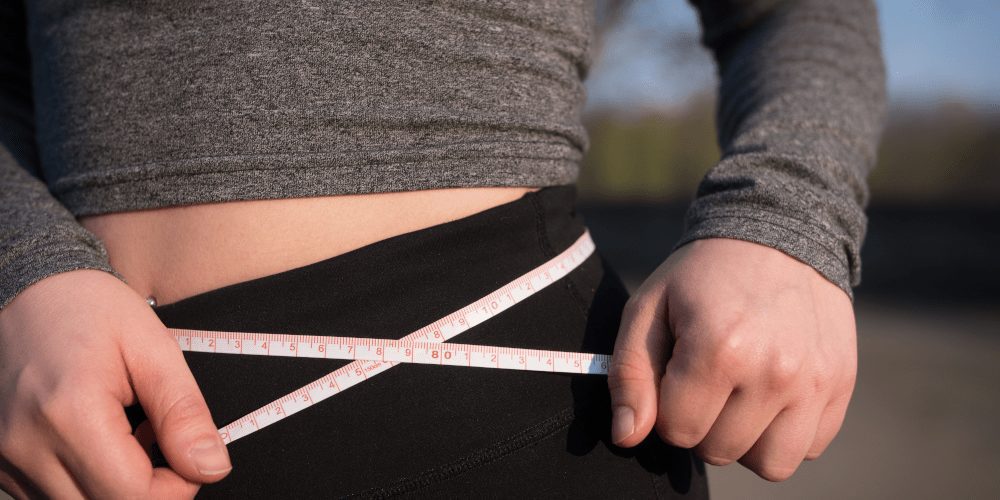
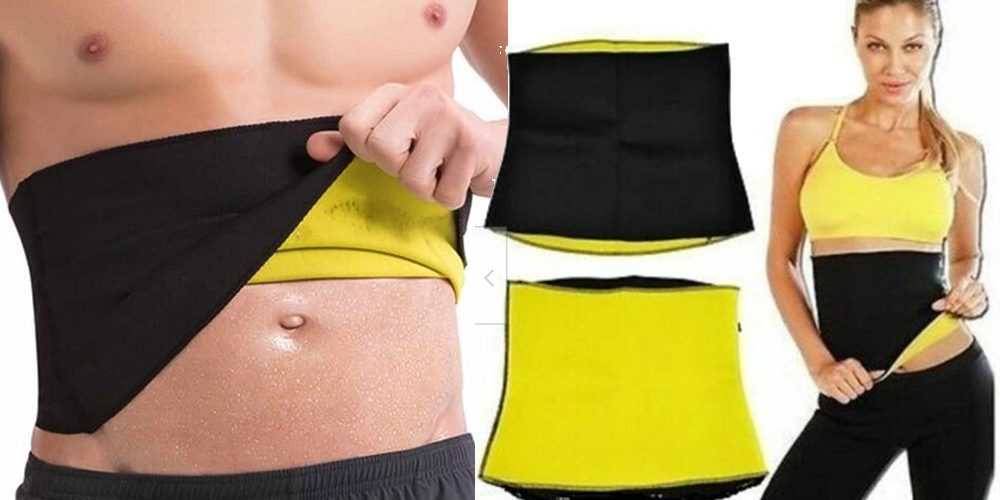

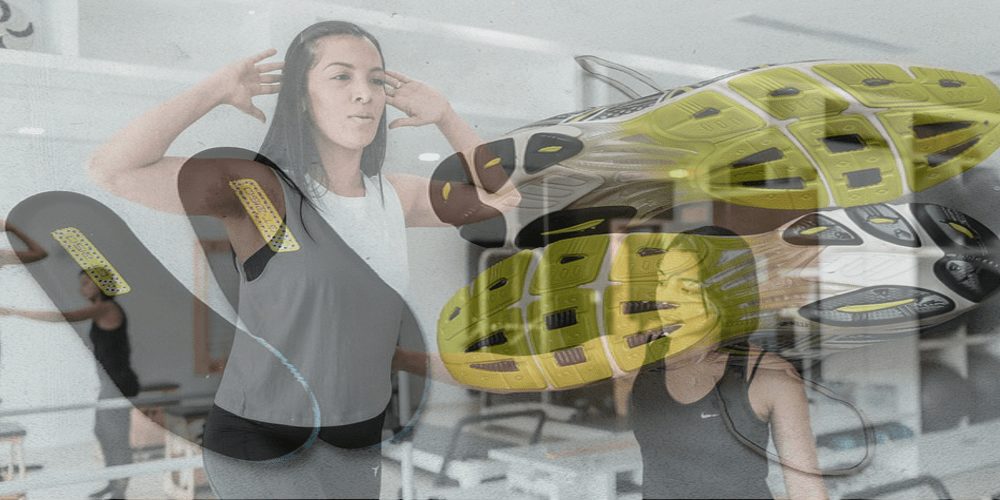
One Response
I have got arthritis in both knees what straps do you recommend looking for 2 want to exercise but it’s a bit sore